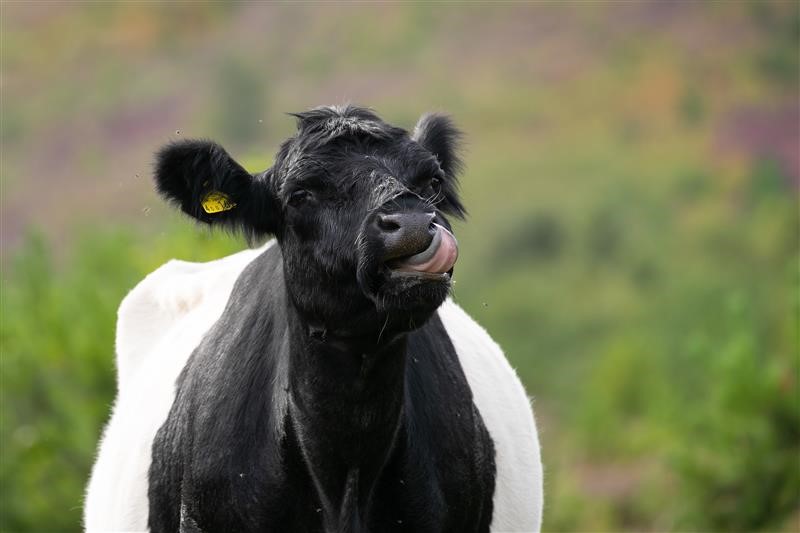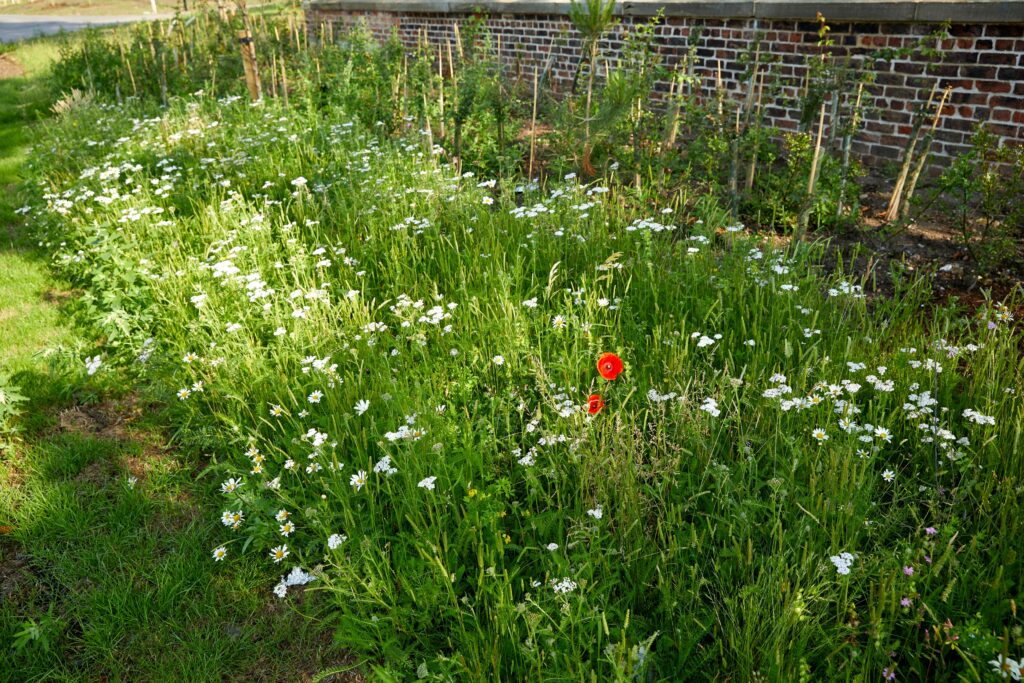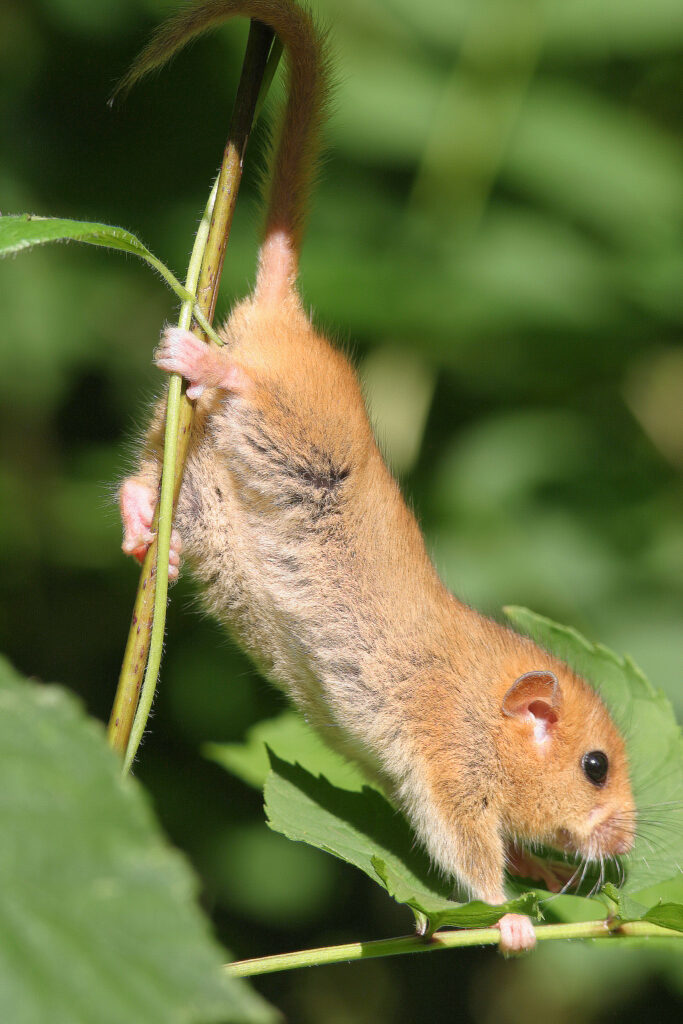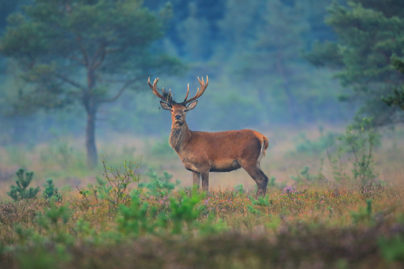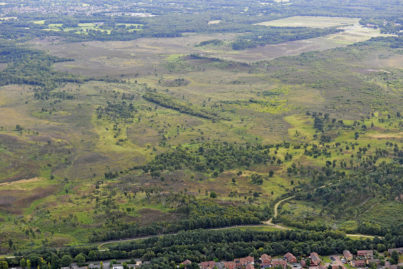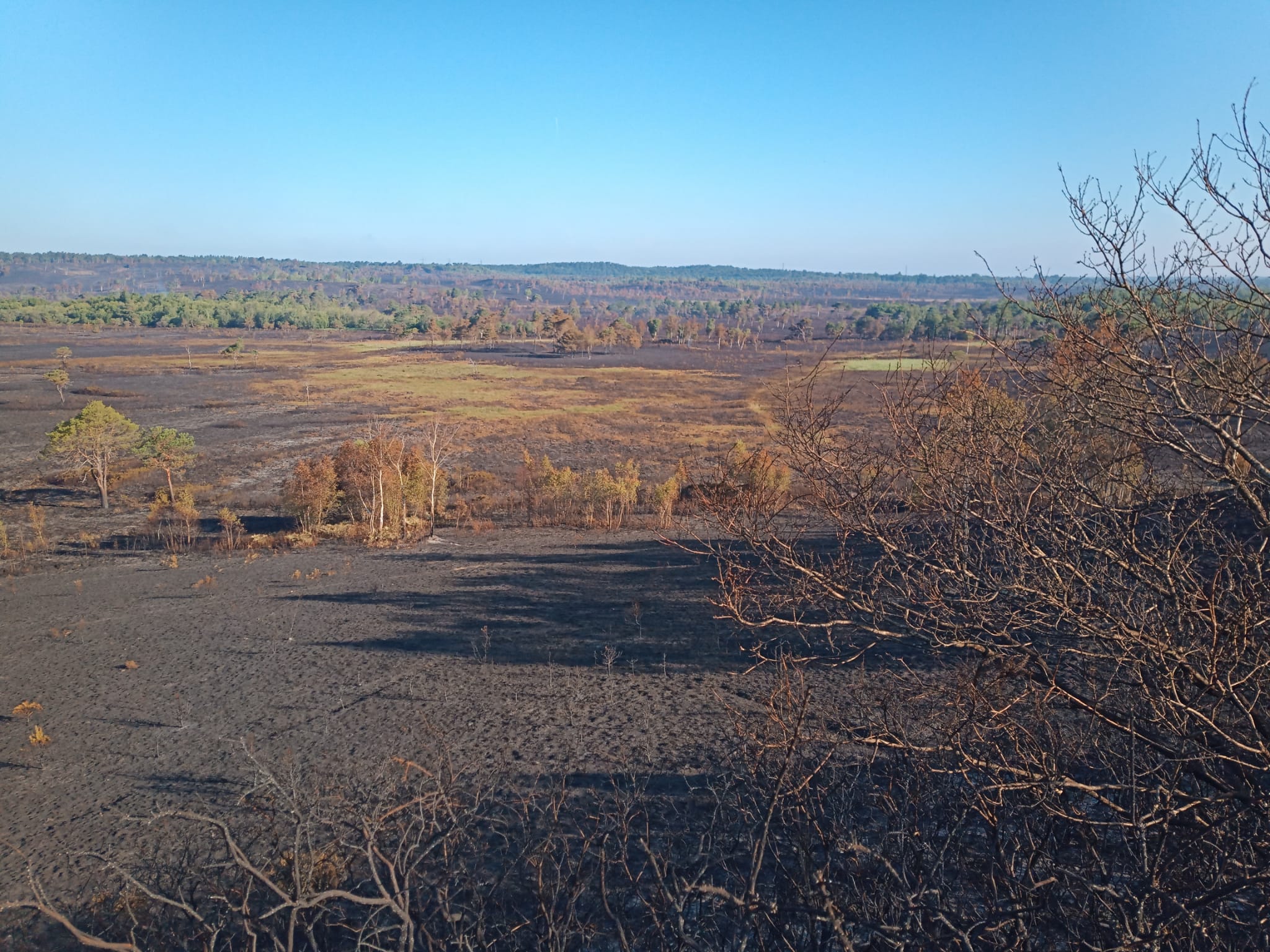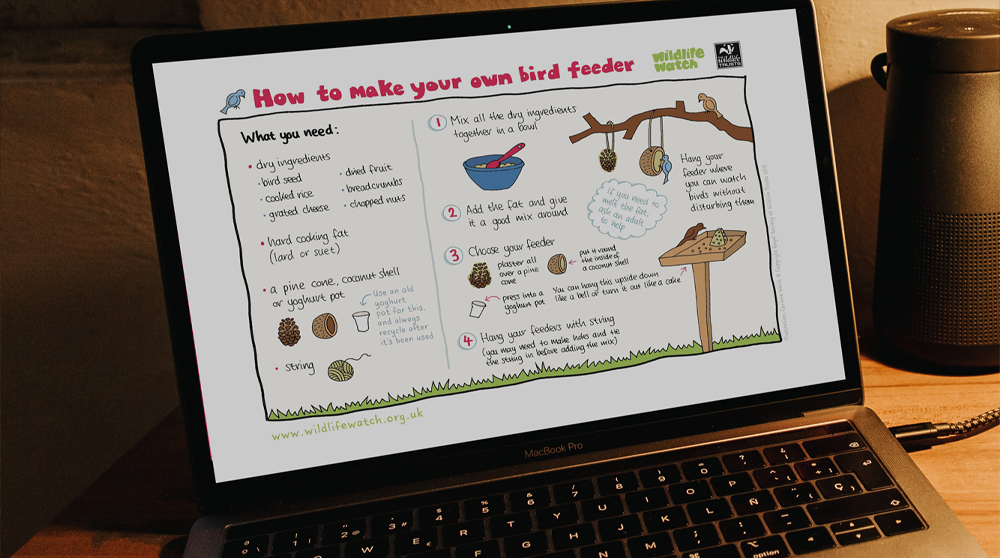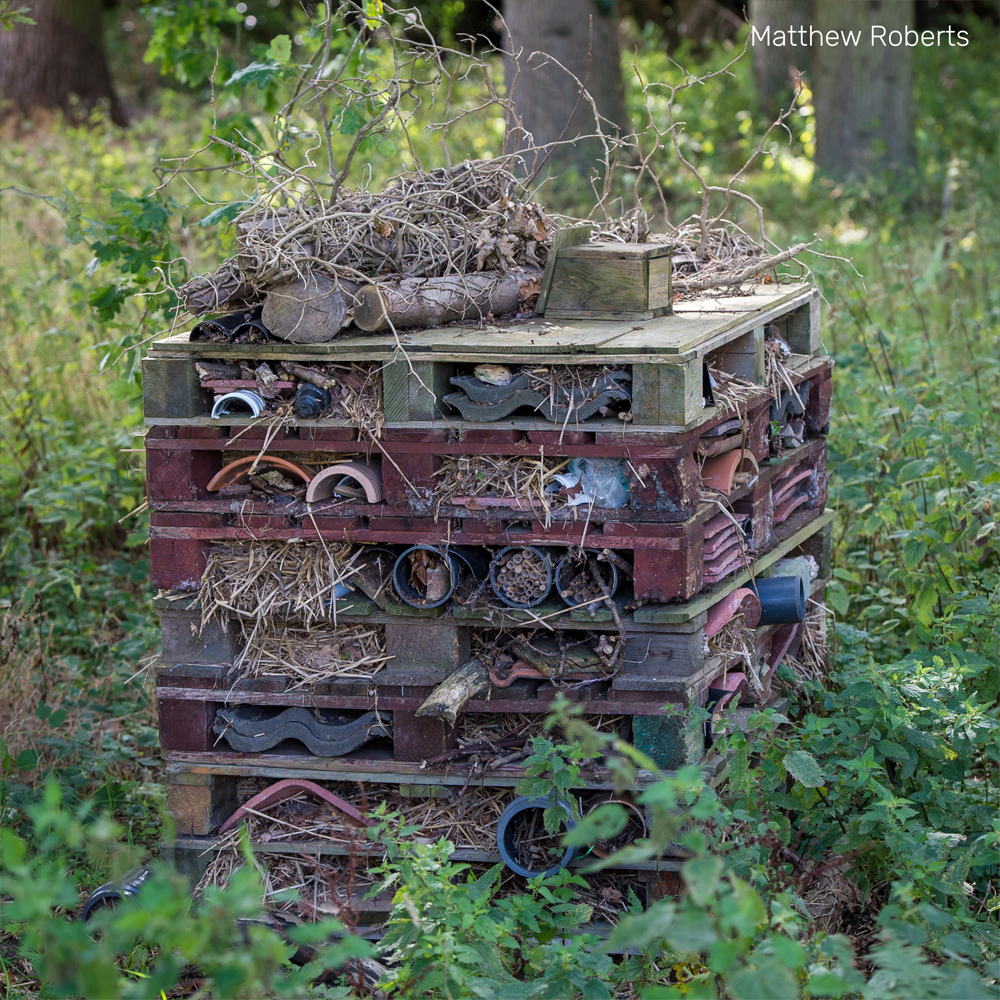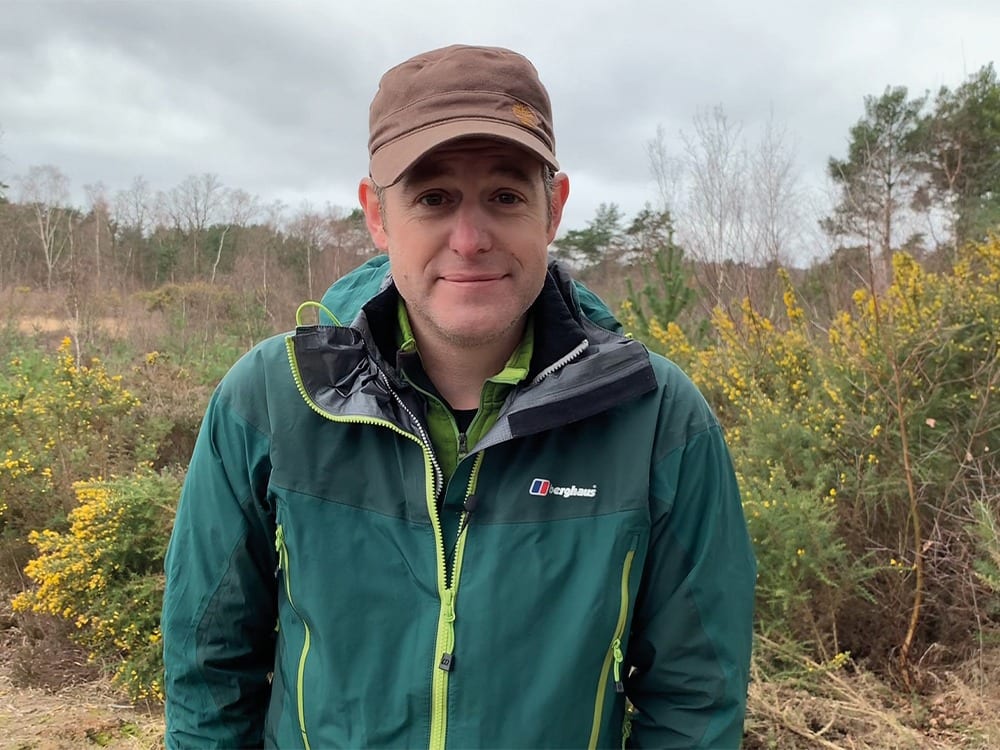Image by: Danny Green
Get a free Wildlife Recording Kit and monitor local green spaces
Want to know what wildlife might be making its home on ground you own, manage or work on with a community group?
Help is at hand thanks to Surrey Wildlife Trust’s new Wildlife Recording Kits – boxes filled with surveying equipment to help community groups undertake species monitoring on sites from gardens and recreation grounds to local woodland.
The kits are available free of charge from Guildford and Godalming Libraries and directly from the Trust’s head office in Pirbright, and can be reserved for one or two weeks at a time.
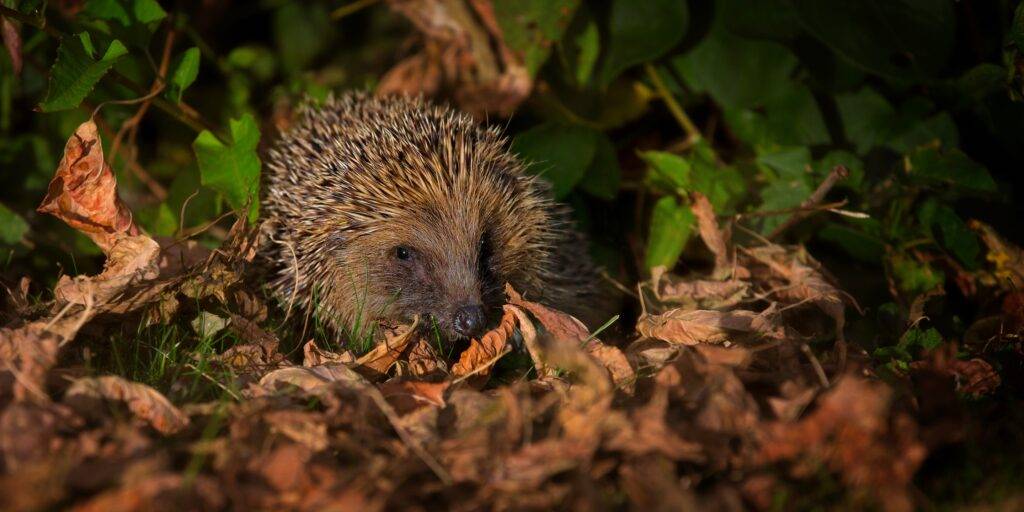
Image by: Jon Hawkins
With one-third of local species in trouble, Surrey Wildlife Trust is on a mission to encourage more people to take action to protect and provide homes for native plants and animals – and these kits will help people identify what wildlife, from minibeasts to moths to small mammals, is present, enabling them to make better informed land management decisions to benefit nature. Actions could include putting up signage to encourage people not to walk on wildflowers, installing bird feeders filled with suitable food for a particular species, installing bat boxes, planting hedgerows to support butterflies and moths or creating ponds for newts.
The Trust currently has the following equipment available:
• Bat kit including high-viz jackets for working at night, a bat detector and call frequency guide.
• Pond kit including nets, trays for specimens and identification guides for a range of species.
• Minibeasts kit including magnifying pots, equipment for handling specimens and ID guides.
• Small mammals kit including footprint tunnels and plates, feeding kit and ‘tracks and signs’ ID guide.
• Soil kit with a corer and tester kit to establish soil chemistry.
• Plant kit including quadrats, magnifiers and ID guides for a huge range of local native flora.
• For those with a cinematic bent, a trail camera kit is also available. This can be set up to record badgers, foxes, hedgehogs, birds, mice and other creatures that might visit when you are not present.
Once people have completed their surveys, the Trust is encouraging users to report their findings to the Surrey Biodiversity Information Centre (SBIC) to help it gain important information on the distribution and abundance of species and habitats across the county.
SWT’s Community Engagement Manager Claire Harris says: “You don’t have to be a professional to contribute to science and conversation. SWT is proud to work with a broad range of community organisations across the county, but we want even more people to get involved in mapping, understanding and restoring the natural world. It’s great the local Libraries of Things are working with us to help people find out more about what lives on their doorsteps. If we all play our part, we can open minds, transform local areas and ultimately create a much wilder environment for everyone to enjoy.”
More information about how to book kit, and the equipment hire agreement is at Wildlife Recording Kits | Surrey Wildlife Trust
SWT also runs courses that enable people to learn more about species and habitats in Surrey. Any adult can register to attend here. The Trust also offers a limited number of FREE places to Surrey-based community groups, who are signed up to its Wilder Communities programme.














